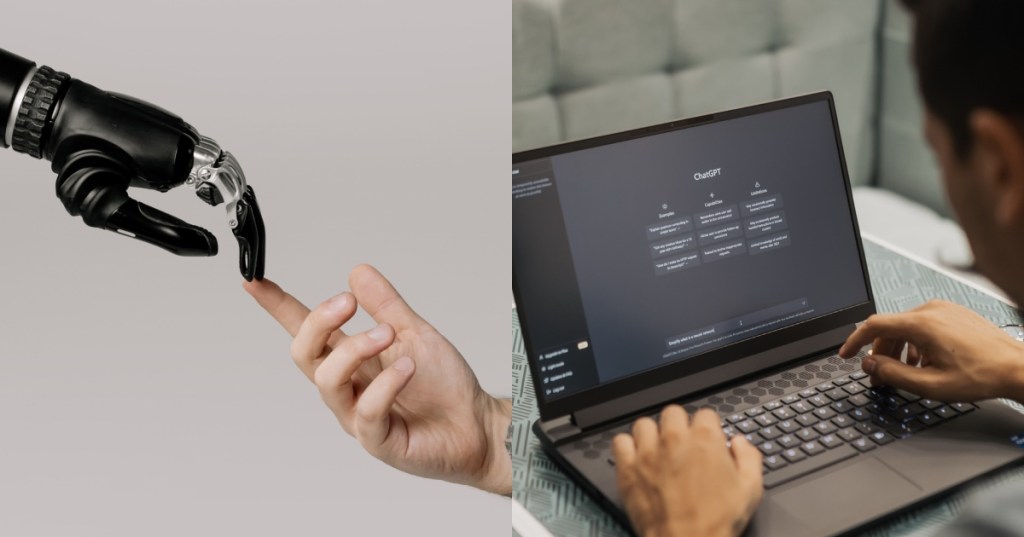
AI is subtly seeping into every facet of our day-to-day lives. From curating our music playlists to steering our TV preferences and even crafting music pieces, AI is becoming more and more influential.
Increasingly, people are interacting with Conversational AI without even noticing. These bots are often disguised as humans and can be found on dating apps like Tinder or in the comments of social media posts.
Thankfully, these AI impostors have yet to achieve perfect mimicry; it’s still possible to spot a bot, at least for now—although advancements in technology might alter this.
If you’re in conversation with a suspected bot, here’s a handful of strategies to unmask their deceptive facade.
Inconsistencies in language and peculiar phrasing can be your first clue.
The English language, infamous for its complexity, often trips up even the most sophisticated AI. Beware of sentences that don’t make any sense and words in strange places–you might just be talking to a robot!
Excessive repetition can be another hint.
Unlike the dynamic flow of human conversation, the unwavering task-orientation of a bot might reveal to you their nature.
Preoccupation with a single solution or recommendation could be a tell-tale sign.
Sometimes, they will return to the same answer no matter how many different ways you ask the question.
Additionally, notice the speed of responses. Instant chat responses or rapid information retrieval can signal an interaction with an AI.
Vagueness is a common ploy among bots.
If your conversation counterpart consistently resorts to generic reiterations or ambiguous responses, it may well be a bot attempting to parrot human interlocutors.
Look out for a “Crazy Ivan.”
For the skeptics, look to the movie The Hunt for Red October, where Soviet submarine captain Sean Connery pulls a “Crazy Ivan” maneuver to figure out if an enemy is tailing him. Like turning your craft 180 degrees, the equivalent with a chatbot would be a sudden emotional outburst or a personal query. It can send AI into confusion, either sticking to the script undeterred or falling back to a generic error response.
The day isn’t far when we might not be able to distinguish bots from humans. However, for now, we can still call their bluff. Curious about testing these strategies?
Explore OpenAI’s ChatGPT. It’s an excessively efficient AI that not only indulges in meaningful chat but also generates written content upon command.
Similarly, Google’s experimental AI service, Bard, which is entirely free to use. It was a response to OpenAI’s ChatGPT. Want more customization?
HuggingChat by Hugging Face is an excellent choice since it’s an open-source chatbot. That’s a great option if you have some coding experience.
Hopefully some of these strategies will help you separate the fakers from the real folks.
Good luck out there!